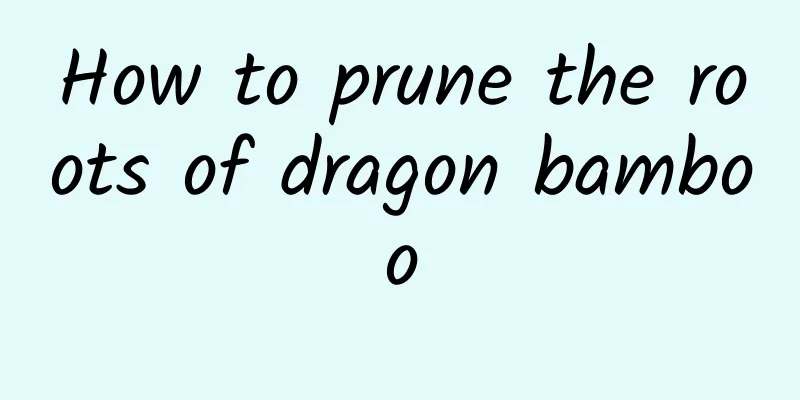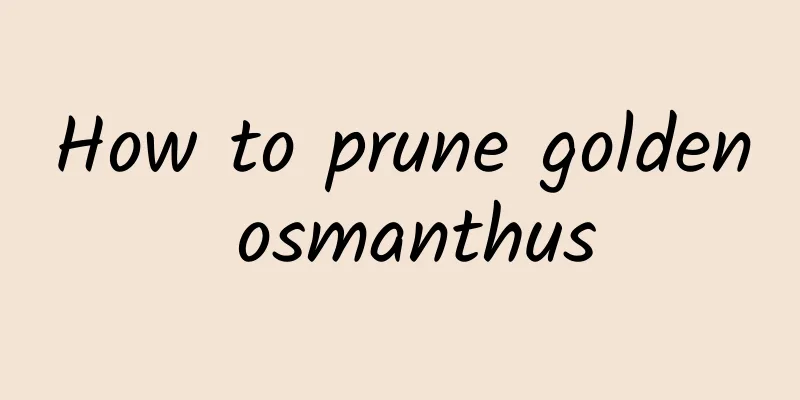Guangxi vegetable variety pictures Guangxi specialty vegetable variety

|
Guangxi is a major agricultural province and the largest autumn and winter vegetable production base in the country. Guangxi is also known as the back vegetable garden of Guangdong, Hong Kong and Macao. The climate in Guangxi is relatively warm, and most of the vegetables grow well and have considerable yields. Guangxi's specialty vegetables with regional production characteristics and named after the regions include Tianyang tomatoes, Hepu cowpeas, Fuchuan cabbage, Qinzhou cucumber peels, Qinzhou peppers, Liujiang shallots, Wutang bitter melons, Babu oil eggplants, and Beihai cucumbers. YongcaiYongcai, also known as Tongxincai, Kongtongcai and Wengcai, is a vegetable unique to Guangxi and the most widely cultivated leafy vegetable in southern my country. tomatoTomatoes are native to South America and are widely cultivated in both northern and southern China. The fruit of tomatoes is rich in nutrition and has a special flavor. They can be eaten raw, cooked, processed into tomato sauce, juice, or canned as a whole fruit. Taromy country has extremely rich taro resources, which are mainly distributed in the Pearl River, Yangtze River and Huaihe River basins. It has the effects of strengthening the spleen and replenishing deficiency, dispersing knots and detoxifying, and is often used for weak spleen and stomach, corns, scabies, burns, etc. TricholomaSagittaria, also known as swallowtail grass and scissors grass, belongs to the family Alismataceae and is a perennial aquatic herb. Sagittaria is rich in nutrients and not only has a good flavor for cooking, but also has good medicinal value. Sweet potato leavesSweet potato leaves have health functions such as improving immunity, stopping bleeding, lowering blood sugar, detoxifying, preventing and treating night blindness, promoting metabolism, facilitating laxatives and urination, raising platelets, preventing arteriosclerosis, promoting lactation and detoxifying. KohlrabiKohlrabi is mainly produced in Nanxiang, Luancheng, Hengzhou, Xiaoyi and other towns, and the best growing area is Xijin Lake Wetland. These wetlands have fertile soil and excellent ecological environment, which can produce high-quality kohlrabi. It is generally planted from September to October every year, harvested from mid-December to mid-February of the following year, and put on the market in mid-January. |
<<: When to prune hydrangea after it blooms? Pruning methods and precautions after flowering
>>: How to grow purple mist succulents? How to grow purple mist succulents?
Recommend
When is the best time to plant the king bean?
Planting time of King Bean The climbing bean king...
When should edamame be planted?
The fresh flavor of edamame is easily lost. In or...
Can Jasper be hydroponically cultivated?
Can Jasper be hydroponically cultivated? Jade can...
How to grow big fiddle-leaf fig
1. Soil The large fiddle-leaf fig is suitable for...
Method of vine pressing for loofah cultivation
Luffa is a very popular vegetable . When planting...
How to grow cabbage?
Cabbage , known as the "king of vegetables &...
How to propagate mallow
Seed propagation Mallow is generally propagated b...
What is Chunbulao?
What is Chunbulao? "Chunbulao" is a fam...
4 tips for caring for Begonia potted plants (more flowers if you do these 3 things well)
First, the reproduction of Begonia From a healthy...
How to grow magic beans
1. Breeding environment 1. Light: The magic beans...
What should I do if the roots of air plants turn black? Finding the cause is the key!
Causes of blackening of roots: No matter how stro...
Autumn spinach planting time and method
Autumn spinach planting time Autumn spinach is ge...
Can I drink dandelion root tea for a long time? Is it good to drink dried dandelion water for a long time?
1. Can I drink it for a long time? Dandelion root...
The difference between the Fallen Flower Dance and the Lingjian Lotus
The blooming period of the Fallen Flower Dance an...
The difference between Nu Hina and Yu and Zhang
1. The color of the leaves is different Female ch...









